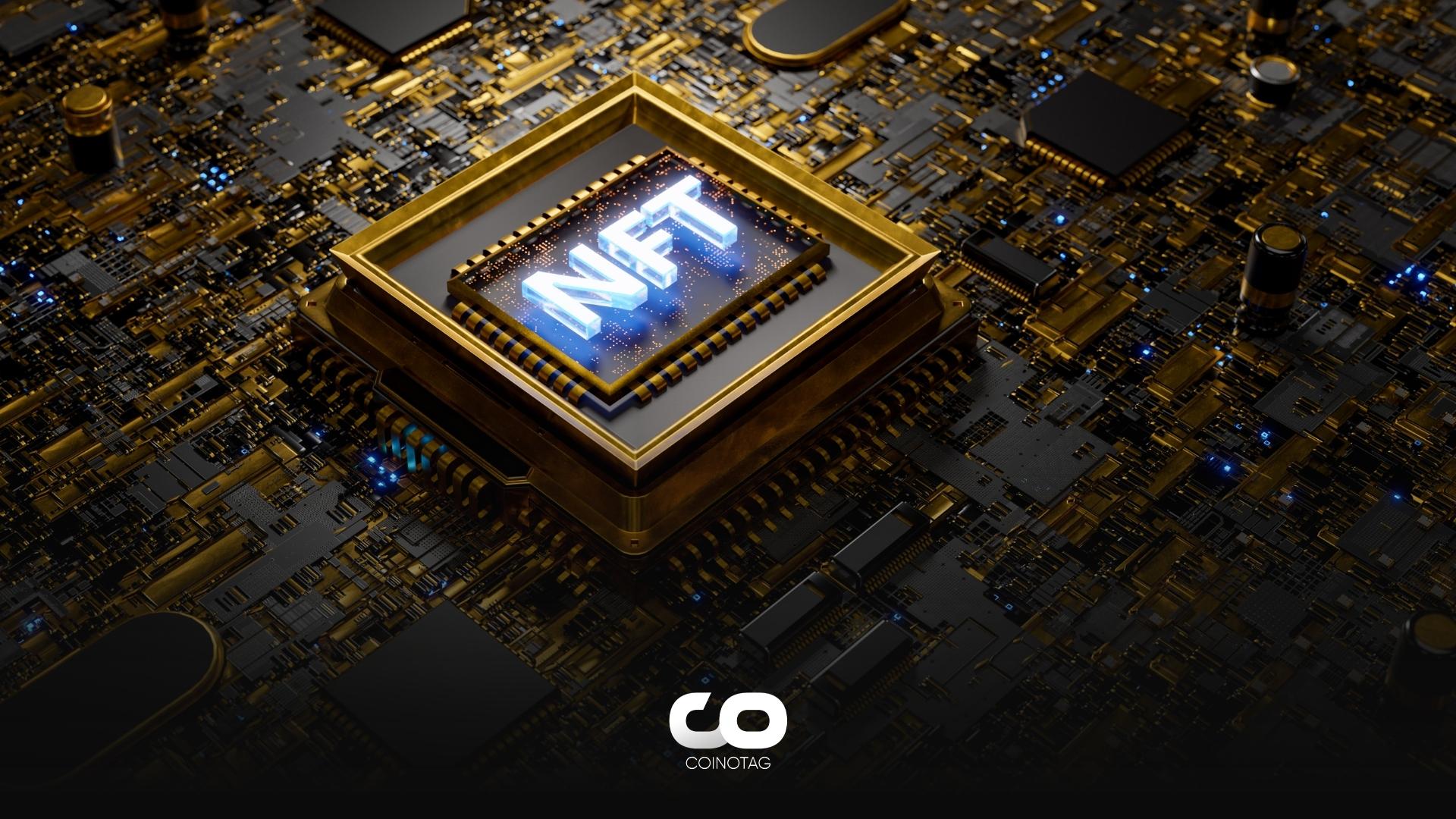Unveiling Web 3.0: Exploring its Projects and Advantages in the Cryptocurrency Realm
ETH
ETH/USDT
$10,748,564,934.68
$3,220.82 / $3,118.75
Change: $102.07 (3.27%)
+0.0064%
Longs pay
Contents
- Web 3.0, the blockchain-based future version of the internet, is under development and promises to revolutionize the way we interact online.
- The evolution of the web has been divided into three stages: Web 1.0, Web 2.0, and the ongoing development of Web 3.0.
- Web 3.0 aims to solve issues related to centralized data and increasing concerns about user privacy, offering users the right to control their own data and assets.
The article discusses the evolution of the internet, from its inception as Web 1.0 to the current development of Web 3.0. It explores the features and benefits of Web 3.0, including decentralized applications, user privacy, and the potential for creating new business models and markets. The article also examines the role of blockchain technology in the development of Web 3.0 and its potential to revolutionize the way we interact online.
The Evolution of the Internet: From Web 1.0 to Web 3.0
The internet has come a long way since its inception. The first version, known as Web 1.0, was a simple system of interconnected links that allowed users to read information on a main screen. Over time, the internet evolved into Web 2.0, which facilitated faster and more interactive online experiences. Today, we are witnessing the development of Web 3.0, a new version of the internet based on blockchain technology. This version promises to revolutionize the way we interact online by offering users the right to control their own data and assets.
Understanding Web 3.0 and Its Features
Web 3.0, still under development, is a new version of the internet based on blockchain technology. It aims to solve issues related to centralized data and increasing concerns about user privacy. The idea of solving these issues with Web 3.0 was first proposed by Gavin Wood, co-founder of Ethereum and founder of Polkadot, in 2014. In Web 3.0, the information, money, and transactions are designed to be stored in a way that makes it nearly impossible to be seized or altered. This is achieved through a distributed ledger system, also known as a blockchain, where all data and transactions are stored and secured across the globe. This system is highly resistant to censorship and offers a high level of security and privacy for users.
The Role of Blockchain Technology in Web 3.0
Blockchain technology plays a crucial role in the development of Web 3.0. It allows for the creation of decentralized applications (DApps) that enable users to own their data. It also facilitates decentralized finance (DeFi), which allows financial transactions to be conducted without the need for traditional banking systems. Moreover, blockchain technology ensures minimal service interruption as there is no single point of failure. It also ensures that data is fully encrypted and protocol rules are unbreakable with the help of smart contracts. Lastly, it allows content creators to be permanently marked as the owners of their content on the public ledger.
Conclusion
The development of Web 3.0 promises to revolutionize the way we interact online. By leveraging blockchain technology, it aims to solve issues related to centralized data and user privacy, offering users the right to control their own data and assets. As we continue to witness the evolution of the internet, it is clear that Web 3.0 has the potential to create new business models and markets, paving the way for a global digital economy.



